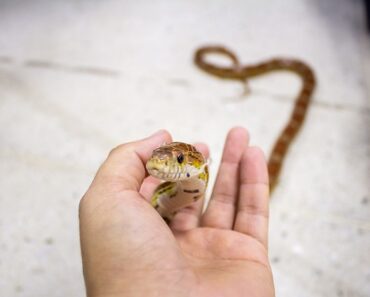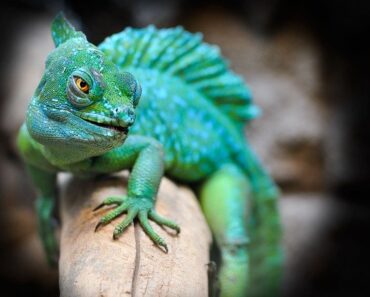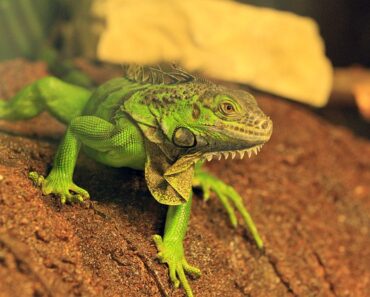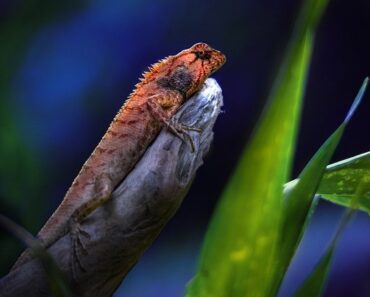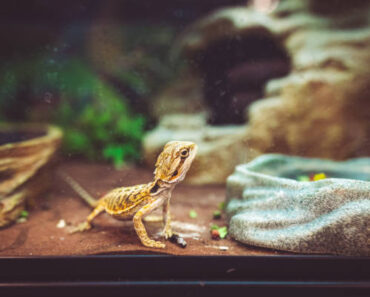You have decided to adopt a tortoise ? You must know that this domestic animal is considered as a wild reptile in the process of extinction and subjected to a strict regulation. Raising a land tortoise is not improvised: it requires to know it on the fingertips and to be in order with the administration. Discover its origins and all the characteristics that will allow you to take care of it perfectly well.
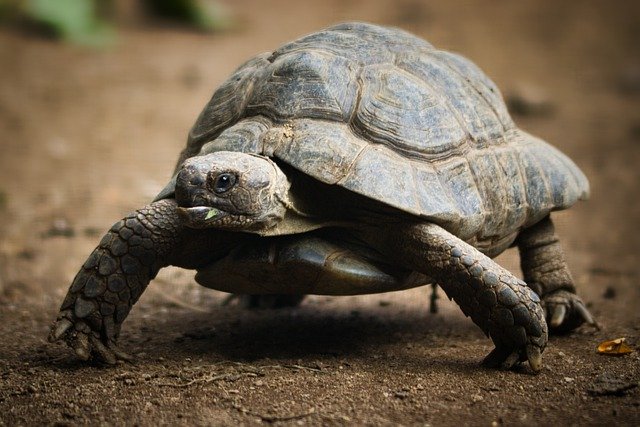
Where does the land tortoise come from?
The land tortoise is one of the oldest living reptiles on our planet. It appeared 200 million years ago on the Earth. With the scientific name Chelonians, there are at least 300 varieties native to Africa, America, Asia and widespread in Europe. Learn about the many protected species. You will find domesticated and affordable turtles such as the Hermann’s turtle, the Greek turtle, the bordered turtle, and the Horsfield’s turtle. Other more expensive ones are present on the market: the savannah turtle, the steppe turtle, the yellow-headed turtle, the Indian turtle, the turtle of Madagascar or Burma.
The character of the terrestrial turtle
Your domestic tortoise can live up to 70 years thanks to its iron health. Ideal companion for a child, the tortoise is independent, calm, sociable, inoffensive, extremely endearing, but easy to chase by predators. Mostly herbivorous and totally cold-blooded, turtles are cold-blooded and love to dig in the ground or sand.
The physique of the tortoise of earth
The size (between 20 and 35 cm) and the weight (from 700 g to 1 kg) vary according to the species. Its carapace is characterized by a dossière and a plastron serving as protective armor. Indeed, its carapace derived from its dermal tissue is based on the formation of the animal’s ribs. In order to consolidate its shield, the animal needs regular calcium and vitamin D. The legs are relatively well muscled and their small tail differs between males and females. The most common domestic species are easily identified:
- Hermann’s Tortoise: very popular, it measures 28 cm and has 2 black stripes under its plastron and a clawed tail.
- The Greek Tortoise: black and yellow, it reaches 35 cm length with a pretty square head.
- The Bordered or Margined Tortoise : 30 cm long, its posterior scales form a kind of skirt.
- The Horsfield Tortoise : this small tortoise of 20 cm length is really adorable.
The earth turtle in everyday life
Very appreciated by the passionate terrariophiles, even novices, the tortoise of earth likes outside from March till October, where from the interest to offer him a fenced garden and shaded space. For its safety, you will have to avoid the basins in which it could drown. Its instinct pushes it to dig often in the ground to deposit its eggs.
In order to fight against the poaching of these charming creatures, the sale of land tortoises has been regulated and controlled since 1979. To receive them legally, you must declare them and obtain a CITES certificate (Convention on International Trade in Endangered Species of Wild Fauna and Flora). A mandatory microchip allows for their official identification.
Its habitat
The tortoise likes the outdoors and exploration. That said, a terrarium is essential, preferably made of glass, because it gives back heat easily, notwithstanding a heating necessary to its well-being. Inside, you will put at its disposal a little compost and wood chips for the substrate (or ground), a fresh corner as well as a hiding place.
Its food
Even if the turtle does not have teeth, it is nevertheless greedy. Its vegan diet is characterized by insects, mealworms, fruits, vegetables and some flowers. Weeds and dry bones are excellent nutrients. Ask your veterinarian for advice on what fresh food to give your pet depending on the species, and what toxic plants to avoid (lilies, buttercups, privet leaves).
Its hibernation
Hibernation begins between the end of October and the beginning of March. Adults can hibernate for more than 20 weeks. As for the youngest, they hibernate for 4 weeks maximum. Set up a suitable place for hibernation: a box filled with soil or compost, straw, dead leaves, in a cool place (between 5 and 10 °), in the garage or in a basement, plunged into darkness. 5 months of deep sleep awaits! Will you be able to wait until then without a pet?
In short, the tortoise is a vulnerable, adorable and sovereign tamed animal that will live faithfully by your side for many years.

